HRM 4102 - Staffing and Employee Selection Case Study: Fall 2018
VerifiedAdded on 2023/06/04
|5
|1033
|468
Case Study
AI Summary
This case study examines the ethical and practical implications of understaffing in a hospital setting, specifically focusing on a situation where a patient, Shirley Keck, suffered brain damage due to inadequate monitoring by an overworked nurse. The analysis covers potential reasons for the incident, including the hospital's failure to adhere to proper staffing levels and the nurse's inability to provide adequate care to all patients. To prevent similar incidents, the solution proposes implementing professional traits, core competencies, and aspiration-based interviewing techniques. Integrity and personality tests are suggested for the selection process to ensure employees are dependable, reliable, and capable of handling stress. As an HR consultant, the recommended steps include hiring more nurses, encouraging optimal patient care, eliminating staff members who prioritize profits over patient well-being, and conducting regular audits to ensure compliance. The report emphasizes the importance of balancing cost considerations with the ethical responsibility to provide safe and effective healthcare.
1 out of 5
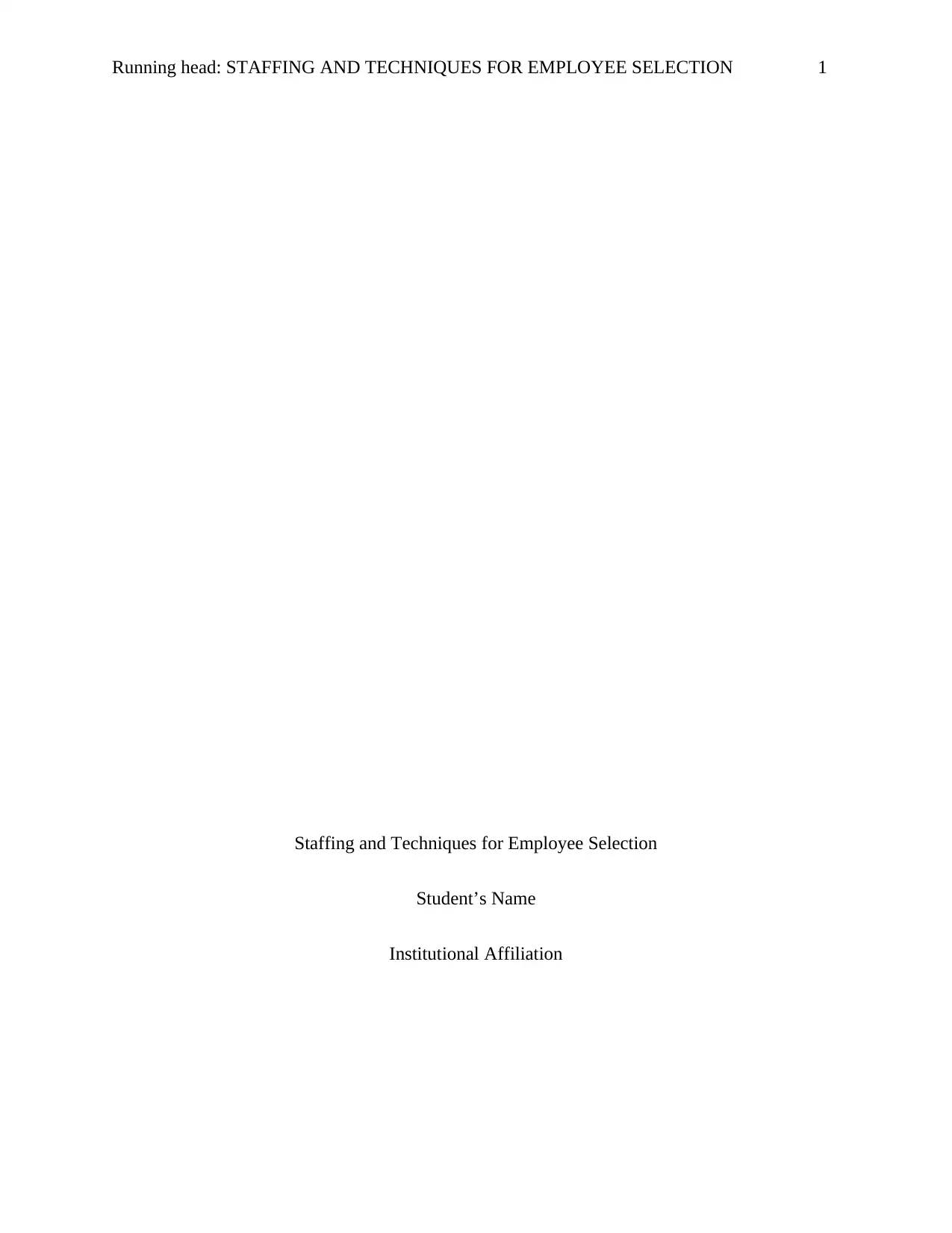
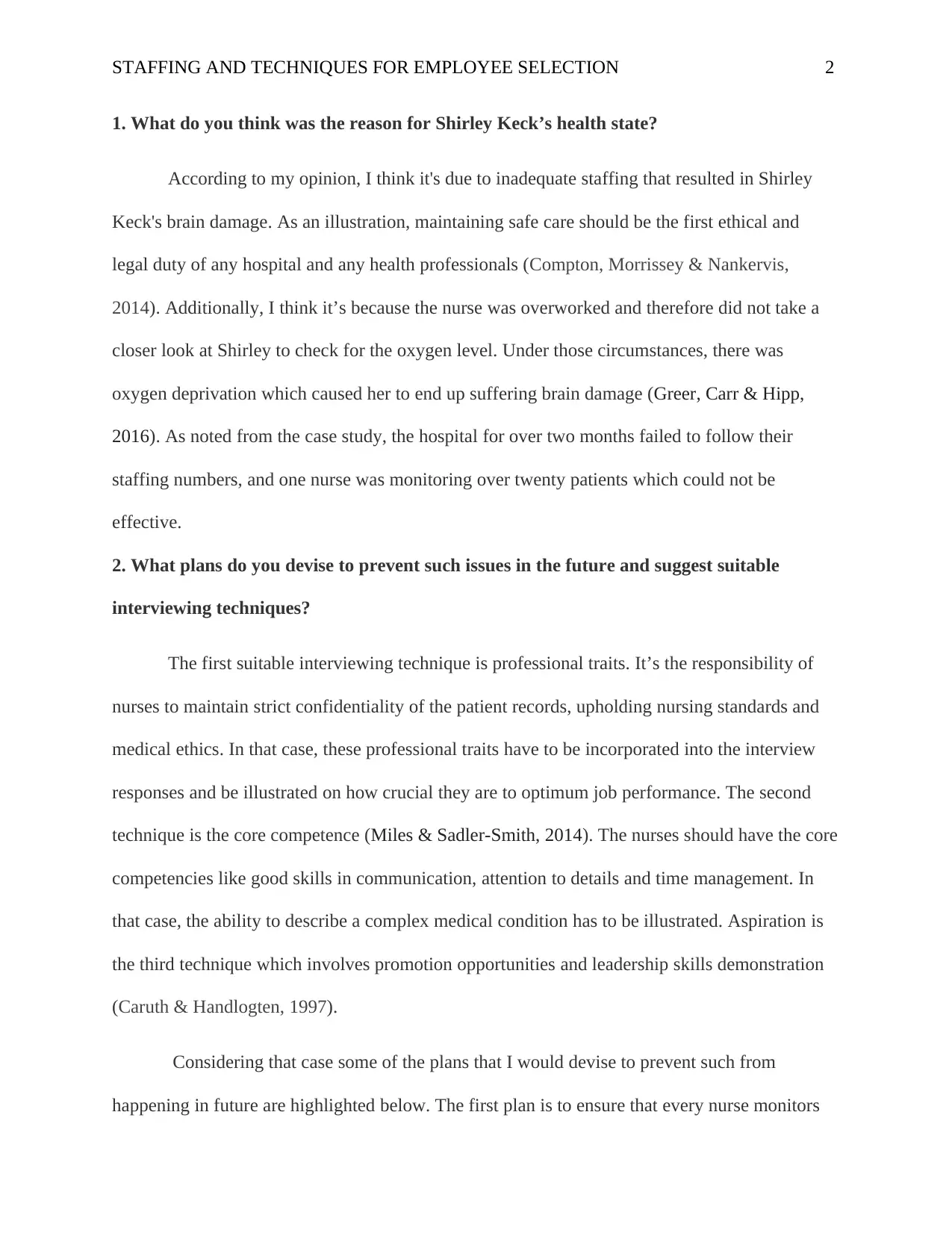
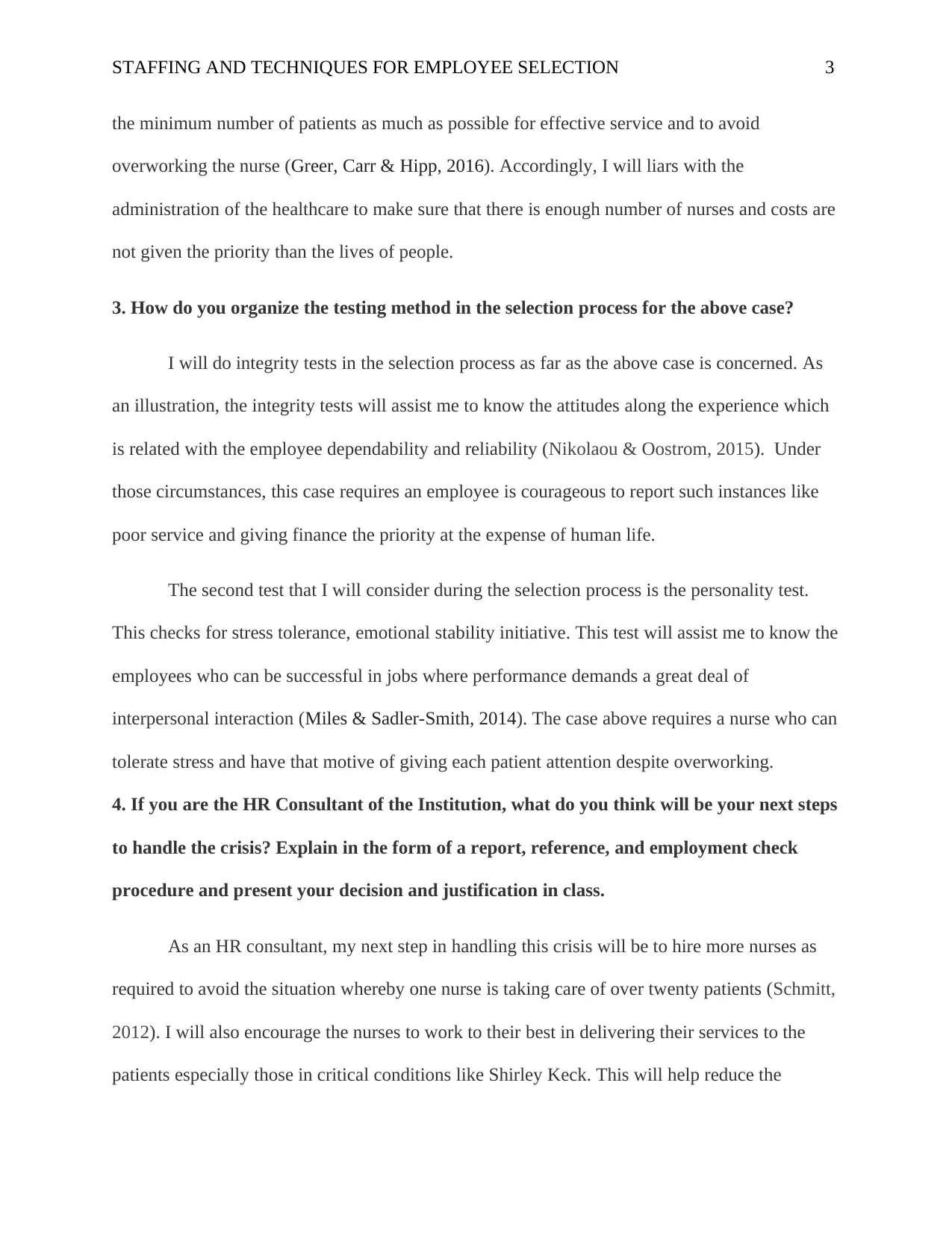

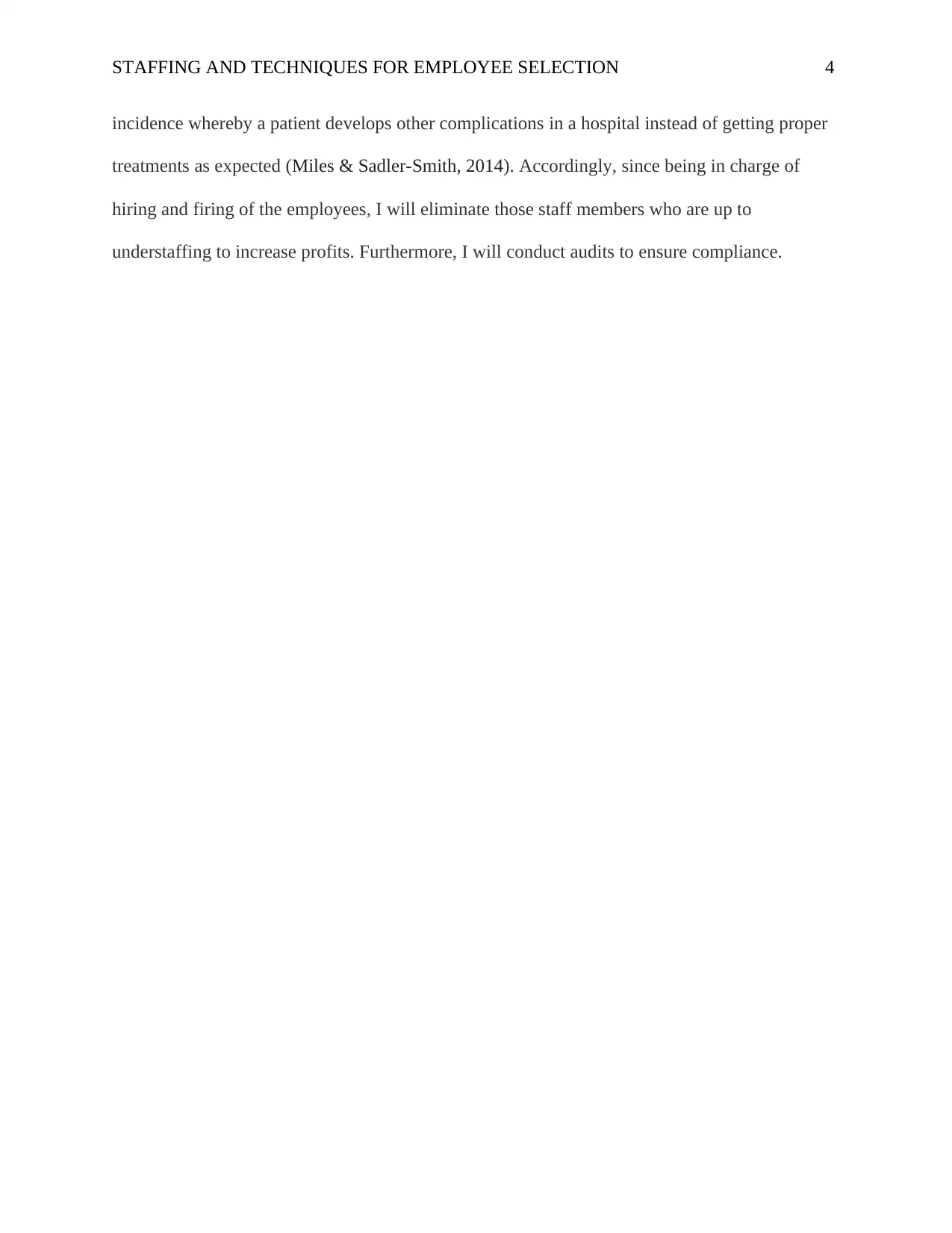
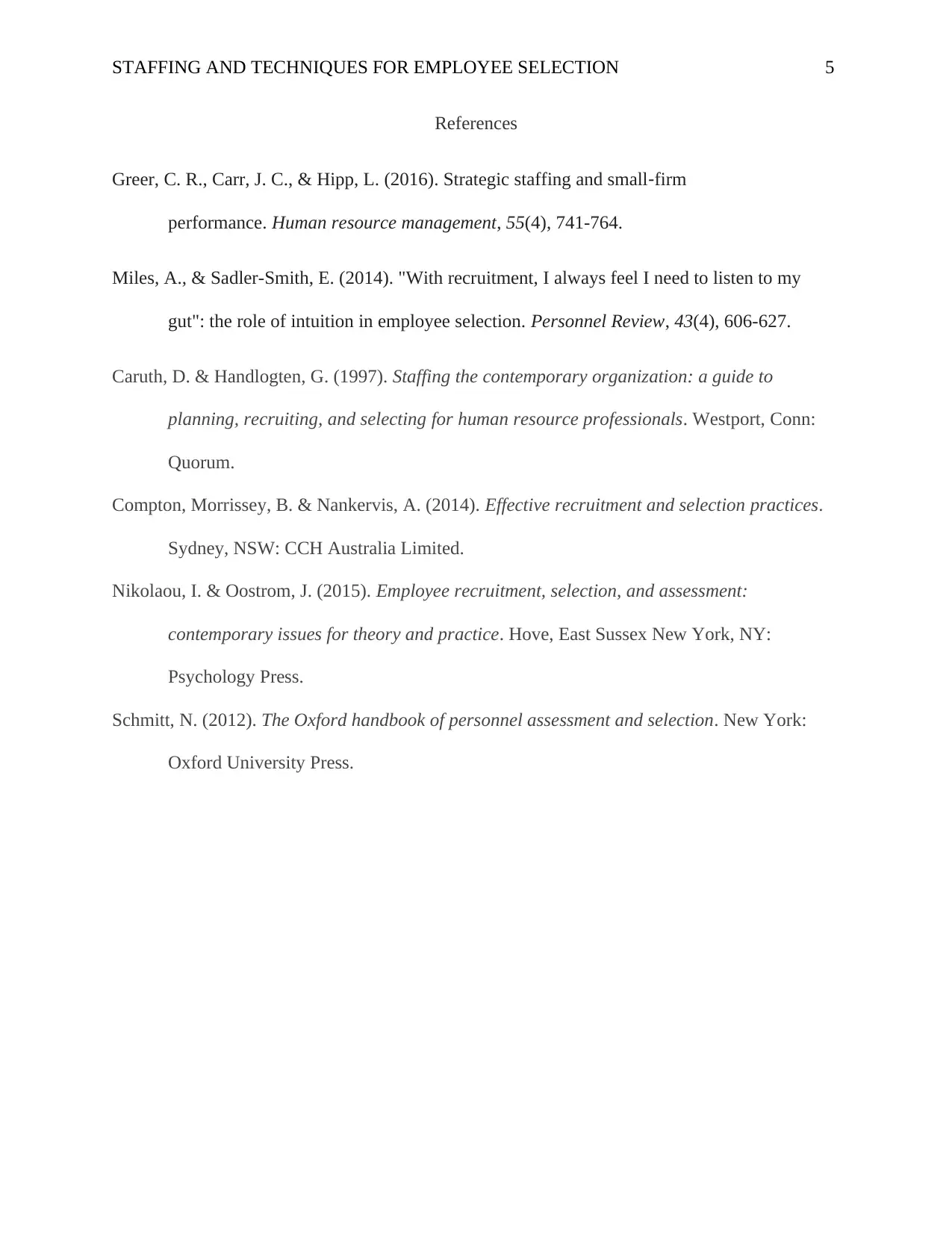
![[object Object]](/_next/static/media/star-bottom.7253800d.svg)